It is essential to keep the protection of fire in case of an emergency. One of the best preventive measures is the installation of a fire sprinkler system. Fire Fighting Equipment Suppliers have different options for sprinklers. The types of sprinklers are as follows.
Wet pipe sprinkler system
The sprinkler heads and the pipe filled with water are the main parts of the wet pipe sprinkler system. The sprinkler heads are heated during the fire and burst to discharge water. They are independent, and they become active when they are exposed to heat. One sprinkler head is activated when due to the event of a false alarm. It reduces the damage significantly, and this is the primary advantage of this system. Presently, it is the most commonly used sprinkler system.
Dry pipe sprinkler system
The wet pipe sprinkler system becomes inactive due to the freezing of water due to cold weather. It is filled with air as opposed to the water within the sprinkler system. When the sprinkler heads are activated, the sprinkler system discharge water. It is generally recommended for the cold climatic region as there is a risk of freezing water in the pipe of the system. You can contact Fire Fighting Equipment Suppliers to purchase a dry pipe sprinkler system.
Pre-action fire sprinkler system
The pre-action fire sprinkler system includes the flexibility of the wet pipe system and the complexity of the dry pipe system. This type of sprinkler system is installed in libraries, museums, and commercial places where an accidental discharge can lead to a great loss.
Foam fire sprinkler system
Foam fire sprinkler system discharges water and foam to put off the fire. It is ideal for the building where flammable components and highly hazardous items are stored. These places are mainly factories, aircraft hangers, and so on.
Deluge fire sprinkler system
Deluge fire sprinkler systems are made without the heat-sensitive elements. It contains a wet as well as dry fire sprinkler system. This type of fire sprinkler is used in the industries of flammable liquids. You can choose New Age Fire Fighting Equipment as per your need.
The information mentioned above will help you to select the right fire sprinkler system according to your requirement. You will get many options for Fire Fighting Equipment Suppliers. They are always ready to provide their services.


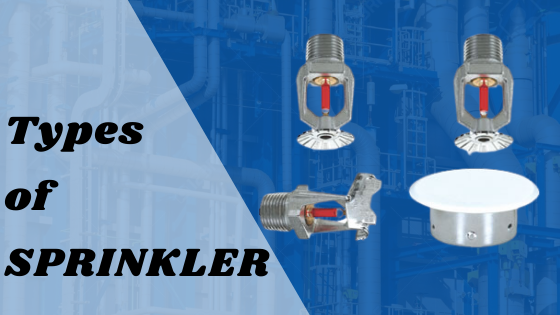
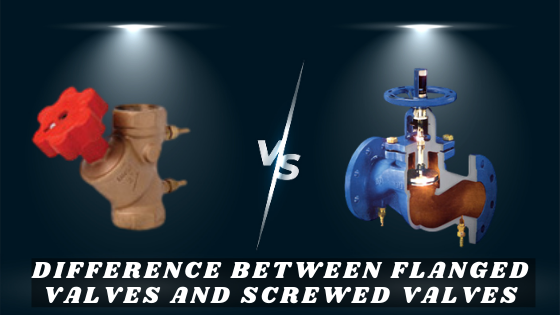


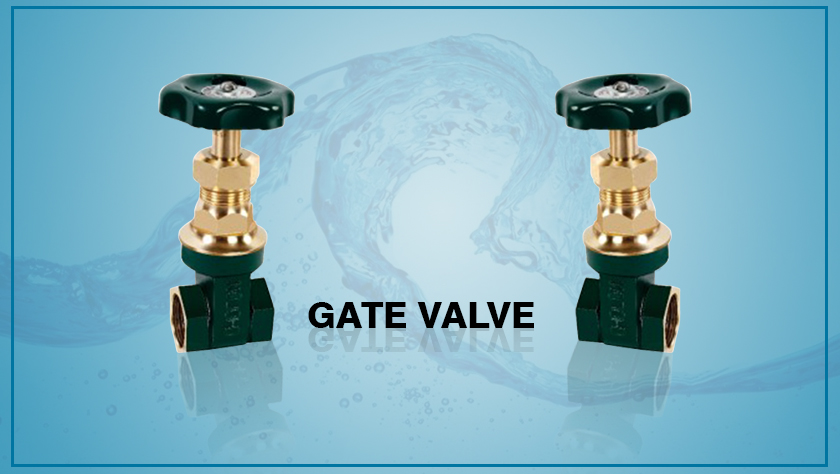
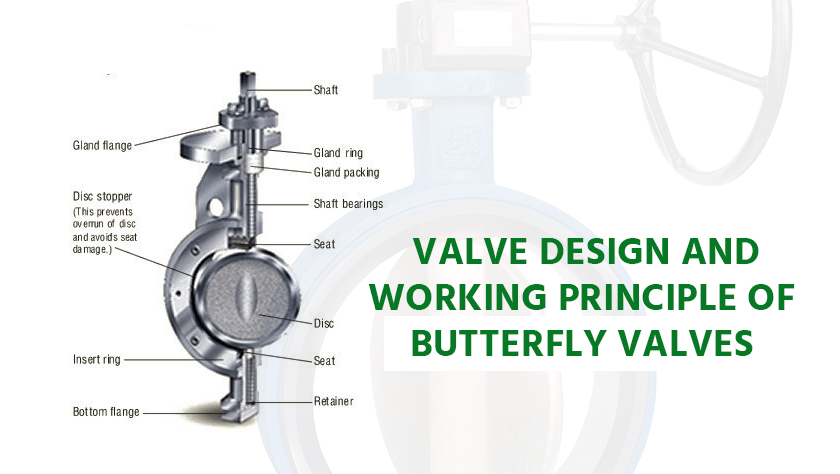
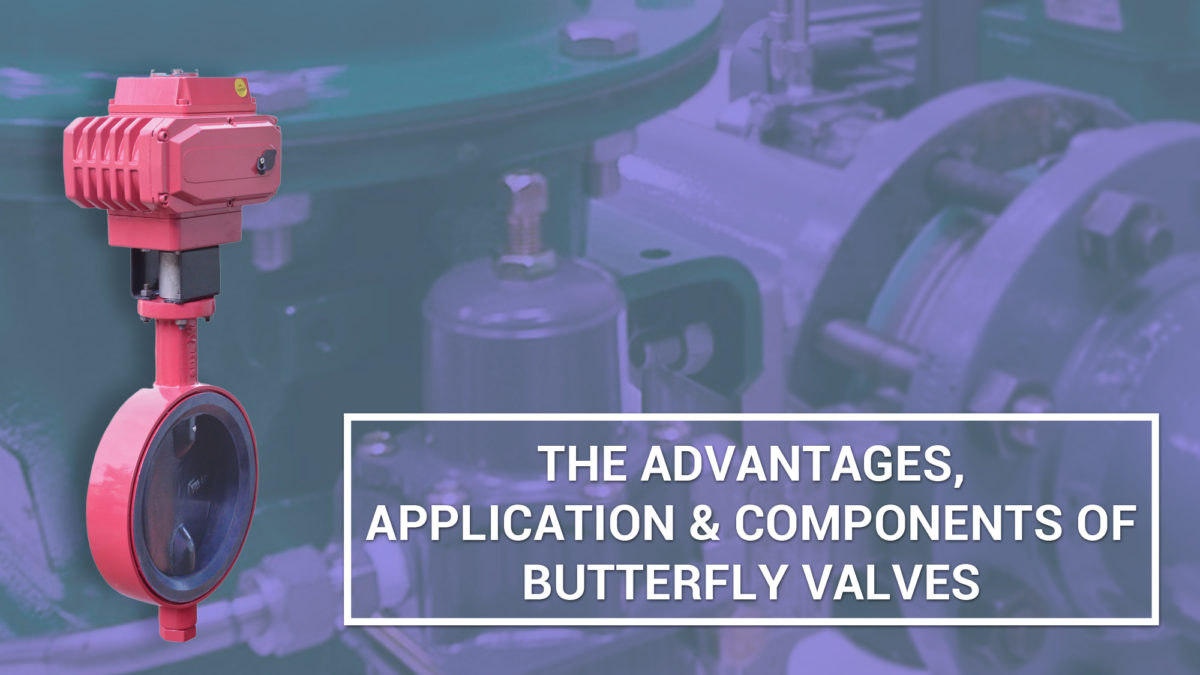
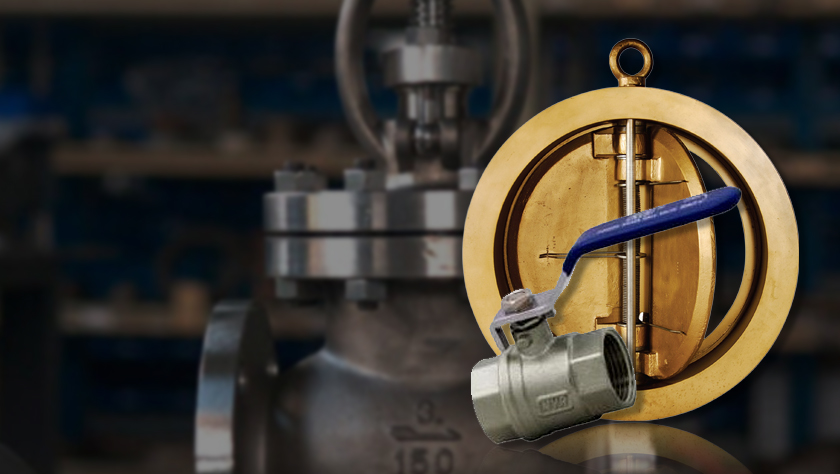
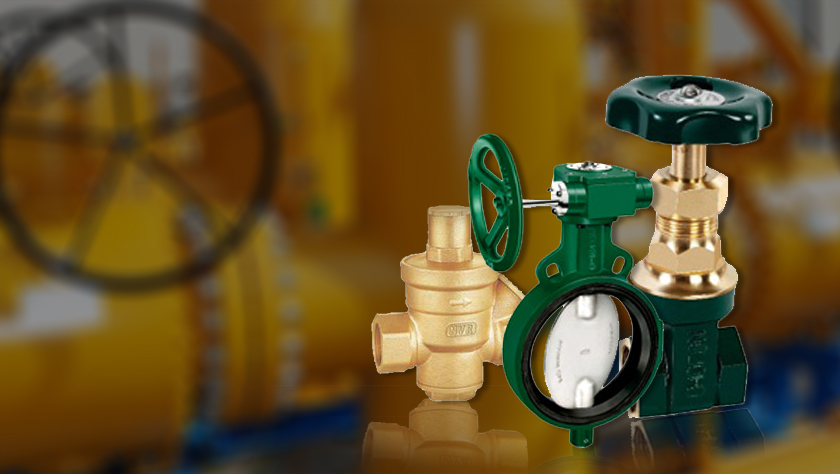
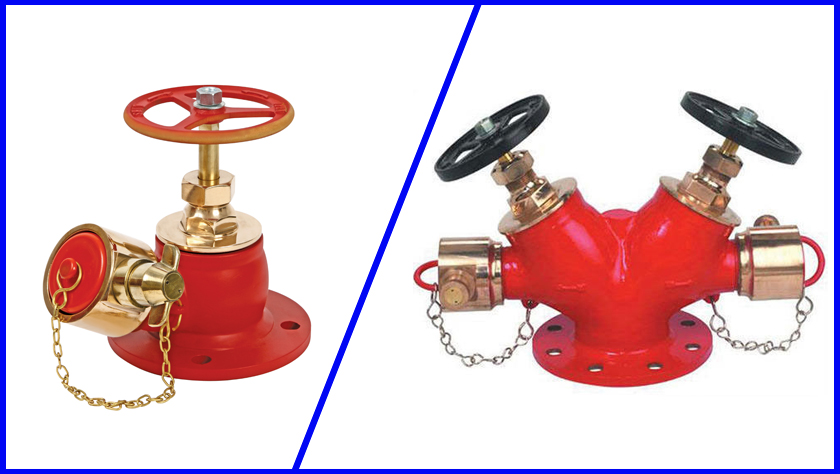







 FSC
FSC